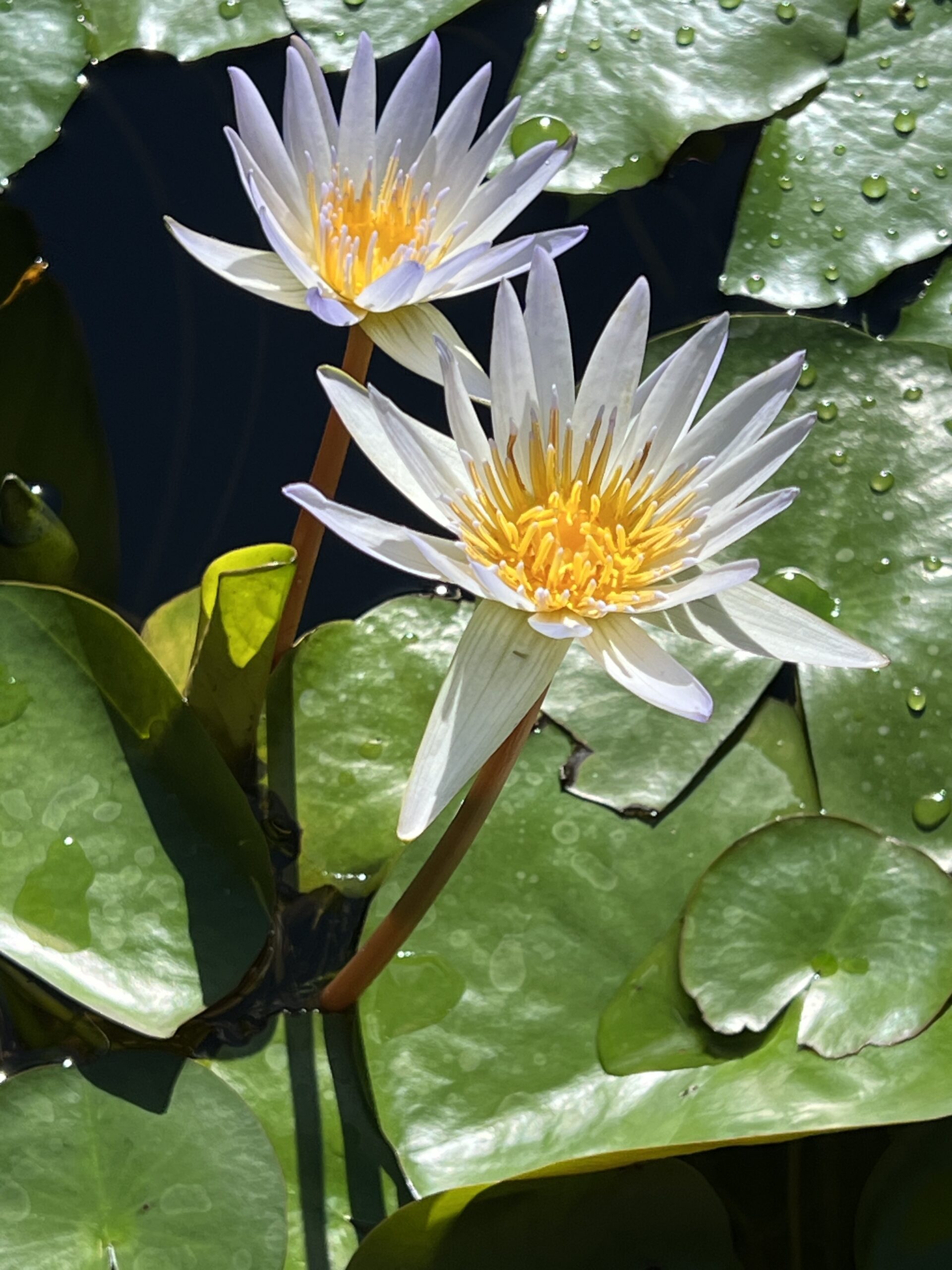WHAT’S YOUR BUT?
“Whatever you do, or dream you can do, begin it. Boldness has genius and power and magic in it.”
(Johann Wolfgang Von Goethe)
I’m pretty sure my mouth is writing chèques that my body can’t cash. I blame it on the Ironman World Championship Triathlon that was held this year in and around Kona on the 26th of October. The week before the race saw many of the world’s top tri-athletes cruising up the Queen K (Ka’ahumanu) Highway as they trained for the bike leg of the race, passing duffers like me as if we were standing still, if not going backwards. I was so inspired that I started talking up doing another Lavaman relay (bike leg only), which is scheduled for early next April. This Olympic length race is much shorter than an Ironman. The bike leg is a mere 40k. So how hard could it be? I’ve just started getting back on my bike, but I used to do that ride two or three times a week for several months of the year. Prior to COVID I even competed in two previous Lavaman relays. All it asks is a firm commitment and consistent effort from me. Do you hear me warming up to the “But now I’m too old…”excuse?
In order to make a commitment I have a habit of telling people I’m going to do something so that I feel responsible to do whatever it was I said I was going to do. It’s only a problem if they call me on it. This time I claimed to need a goal for my 75th birthday — some challenge to motivate me to greater fitness, and to exercise better “portion control”. Training for the Lavaman would probably tick both of those boxes. At least I’m back on my bike after an almost two year hiatus.
It’s hard to describe what a great morale-booster it was to be “back in the saddle” after many months of limited physical activity (swimming was a godsend but one can only spend so much time in cold water. I’m no Wim Hof). The lack of mobility imposed by my arthritic foot, and recovery from hip surgery left me lacking not only in the physical wellness that influences my mood so positively, but, equally or more importantly, it also deprived me of the camaraderie generated amongst the groups of friends with whom I enjoyed doing these activities.
In the months post-surgery I observed myself sinking into a sort of defeatist ennui, losing a lot of my joie de vivre. My notion of training for the Lavaman was as much from a desire to perpetuate the positive feeling I got from biking again — a renewed sense of inner strength and stability — as it was to get in shape physically.
Having voiced my brilliant idea out loud seems to have set subtle forces in motion that brought to mind Goethe’s quote. A friend with whom I used to bike came back on island. We biked on Thursday and Sunday. I started looking at my (very arbitrary) schedule for days I could train and for people with whom I might do so. Being surrounded by extremely fit people (there were over two dozen people who came out for Friday’s mile long ocean swim) should be incentive enough to make a wholehearted commitment to do the Lavaman. But it’s not.
So I went on the Internet with the question: How to get off your “but” and, lo and behold, discovered a book by that title written by Sean Stephenson, a late American author and motivational speaker who was born with a disease (osteogenesis imperfecta) that gave him extremely brittle bones, many of which were broken in the process of being born. At birth his parents were told he likely wouldn’t live through the night, and that they should be prepared at any moment to say goodbye to their acutely compromised baby, then child, young adult, husband and father who lived forty challenging and amazingly inspirational years in his wheelchair-bound, three foot tall body. So of course I bought the book and have just read the below in Anthony Robbins’ prologue:
“The way a person lives his life can either serve as a warning or as an example to us. Sean is the example! An example of how to get over your fears, insecurities, and excuses. Sean could have sentenced himself to a lifetime of misery, yet he consciously chose to pardon himself from the pity. Sean amazes me not because he overcame his struggles, but because he chose to dedicate his life to helping others do the same.”
I got so engrossed in reading the book that I almost ran out of time to finish this blog. So I will close with Sean Stephenson’s own no-nonsense words:
“I have traveled to forty-seven states and six countries, meeting thousands of people a year. And here’s what I’ve learned: the only thing that has ever held you back from having what you want in life is the size of your BUT.
“Our BUT is that cushy excuse that we rest on when we want to quit, when we believe that there’s nothing more we can do to resolve our challenges or accomplish our goals or fix our mistakes.”
So what’s your “but”? And what are you going to do about it?
